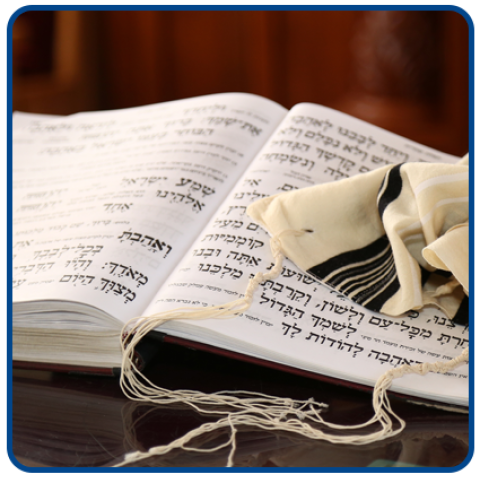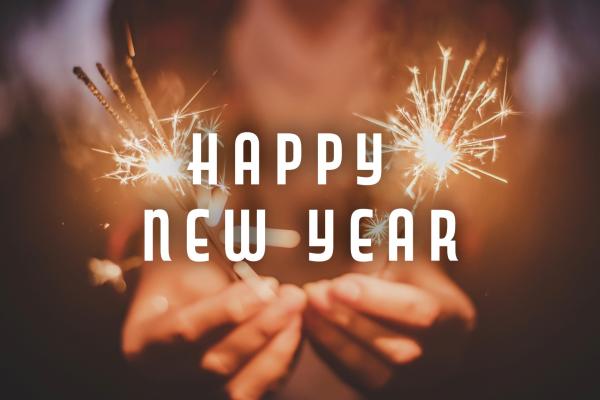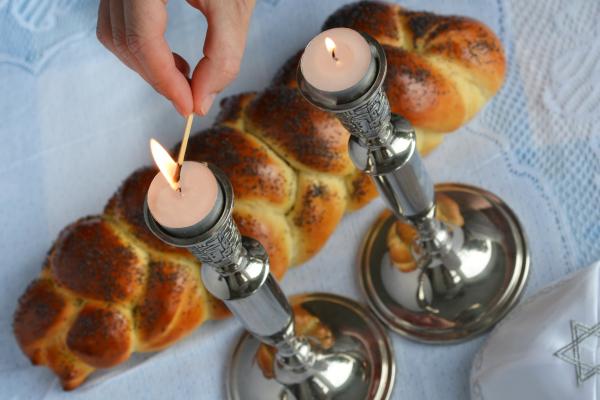By Ronna MathetesI love teaching the Jewish Roots of the Christian faith—equipping fellow Believers with tools to share the Messiah confidently with Jewish People the Lord brings across their path. As Christians gain knowledge and understanding of the various Feasts of the Lord (Leviticus 23), they will provoke Jewish People to jealousy. “…if somehow I might move to jealousy my fellow countrymen and save some of them.” —Romans 11:14 We are living in days that many are describing as the end-times. Jewish People are coming to faith in Yeshua (Jesus) in unprecedented numbers. Christians play a vital role in this. It’s exciting to know that as Jewish People come to know that Jesus is the Messiah of Israel, we are drawing closer to the Lord’s return. “For if their rejection is the reconciliation of the world, what will their acceptance be but life from the dead?” —Romans 11:15 Christians will experience a deeper and more intimate walk with the Lord Yeshua, who Himself kept all these Feasts during his lifetime on earth. In John 3 when Jesus says, “come and follow Me,” I believe He wants us to understand the celebration of the Feasts because they are prophetic pictures of His redemptive career as Messiah and Savior of the world. The Spring Feasts prophesy His first coming. The Fall Feasts prophesy the Lord’s second coming.Understanding both the Old and New Testaments allows us to see a beautiful tapestry that illuminates God, and His plan to redeem humanity from sin and death. We don’t study or celebrate the Feasts as a means for attaining righteousness, salvation or sanctification. We look at them because God says they’re a shadow of Messiah. “Therefore no one is to act as your judge in regard to food or drink or in respect to a festival or a new moon or a Sabbath day, things which are a mere shadow of what is to come; but the substance belongs to Christ.” —Colossians 2:16-17 When we look at the Feasts through this “Messianic lens” we see a beautiful picture unfolding, a picture of our Savior and soon coming King who was, who is, and who is to come. Let’s take a look at the Feast that paints the picture of His return to gather His Bride to Himself, the first of the Fall Feasts, Yom Teru’ah (Ter-oo-ah)—the Day of Blowing in Hebrew.
"Speak to the sons of Israel, saying, 'In the seventh month on the first of the month you shall have a rest, a reminder by blowing of trumpets, a holy convocation. 'You shall not do any laborious work, but you shall present an offering by fire to the LORD.'" —Leviticus 23:24-25 The biblical/Jewish calendar begins in the spring with the month of Nisan (Nee-sun). The seventh month is the month of Tishrei (Tee-shray) and is usually around September or October on the civil/Gregorian calendar.Yom Teru’ah is also known as Rosh Hashanah (head of the year in Hebrew). In Rabbinic Judaism it memorializes the creation of the world. Rosh Hashanah is also the beginning of the Jewish calendar—for counting the Sabbath and Jubilee years. The spirit of the day is much different than the American New Year’s Day. On Rosh Hashanah it’s customary for Jewish People not to work, but to be in synagogue. It marks the beginning of the holiest season of the Jewish year, a season of introspection and repentance called the “Days of Awe,” a 10-day period from Rosh Hashanah through Yom Kippur, the second of the Fall Feasts of the Lord.
One of the most important practices of Teru’ah is the blowing and hearing of the shofar, the ram’s horn, blown as a call to repentance. On Yom Teru’ah, Genesis 22 is traditionally read in the synagogue. This is the story of Abraham’s obedience to God when asked to sacrifice Isaac. It’s interesting that what the Rabbis have chosen as a key scripture passage for Yom Teru’ah teaches about substitutionary atonement, as God provided a ram for Abraham to sacrifice, instead of his beloved son, Isaac.
Isaiah 53 also foreshadowed what Messiah would accomplish for His people. “But He was pierced through for our transgressions, He was crushed for our iniquities; the chastening for our well-being fell upon Him, and by His scourging we are healed. All of us like sheep have gone astray, each of us has turned to his own way; but the LORD has caused the iniquity of us all to fall on Him.” —Isaiah 53:5-6
Shofars in the synagogue remain hidden for the majority of the year until this holy day, when they are blown 100 times during the worship service. Do you see a prophetic picture in this holiday? Consider Apostle Paul’s encouragement to the Believers in Thessalonica: “For the Lord Himself will descend from heaven with a shout, with the voice of the archangel and with the trumpet of God…” —1 Thessalonians 4:16-17
Consider also Yeshua’s own words in Matt. 24:29-31: "But immediately after the tribulation of those days THE SUN WILL BE DARKENED, AND THE MOON WILL NOT GIVE ITS LIGHT, AND THE STARS WILL FALL from the sky, and the powers of the heavens will be shaken. "And then the sign of the Son of Man will appear in the sky, and then all the tribes of the earth will mourn, and they will see the SON OF MAN COMING ON THE CLOUDS OF THE SKY with power and great glory. "And He will send forth His angels with A GREAT TRUMPET…”
Could Yom Teru’ah be the time in the year that the Lord will return to earth to gather together His elect? Though we can’t be certain, each year as Messianic Jewish Believers celebrate this holiday we are looking forward in anticipation. When we hear the Shofar blasts we’re also reminded of the victory of the battle of Jericho (Joshua 6:20); the assembly of the Israelites during war (Judges 3:27, 2 Samuel 20:1); the watchmen who warned Jerusalem of impending danger (Amos 3:6; Jeremiah 6:1 and Ezekiel 33:6); the beginning of the Jubilee year—the great sabbatical release provided by God (Lev. 25:9); and the coming of our King, the Messiah (Zechariah 9:14.) With each blast of the Shofar we remember the past, look forward to the future and recognize the spiritual application that God’s Word has for our lives today.
In the Jewish tradition, apples and honey are eaten during this holiday as a symbol of a desire for a sweet new year. As we wait with passionate expectation for our Bridegroom, the Messiah King who gave His very life so that we might have life and life abundantly (John 10:10) our lives are full of sweetness. Added sweetness comes as we purpose in our hearts to be driven by love, and embrace lifestyles of humility and repentance. As we seek to cast off the sin that so easily entangles us, and strive to be the pure and spotless bride who the Lord, the lover of our soul, is returning for, our passion grows. Living this kind of life will draw us nearer to the Lord and empower us to reach out with great effectiveness to the “lost” in our lives.
At Rosh Hashanah/Yom Teru’ah as we greet our Jewish friends, family members, neighbors, co-workers, etc. with the traditional holiday greeting: “L’shanah tovah” (for a good year) let’s use the themes of the holiday to help them see that the God of Abraham, Isaac and Jacob’s plan for providing substitutionary atonement was ultimately through the blood of the Messiah, Yeshua.
As the Shofars blow let us be the watchmen who warn Israel of the impending danger and encourage all with the good news of our soon coming King who will one day be taking the throne! And may He take His rightful place on the throne of our hearts today!
All Bible References from the NASB.










